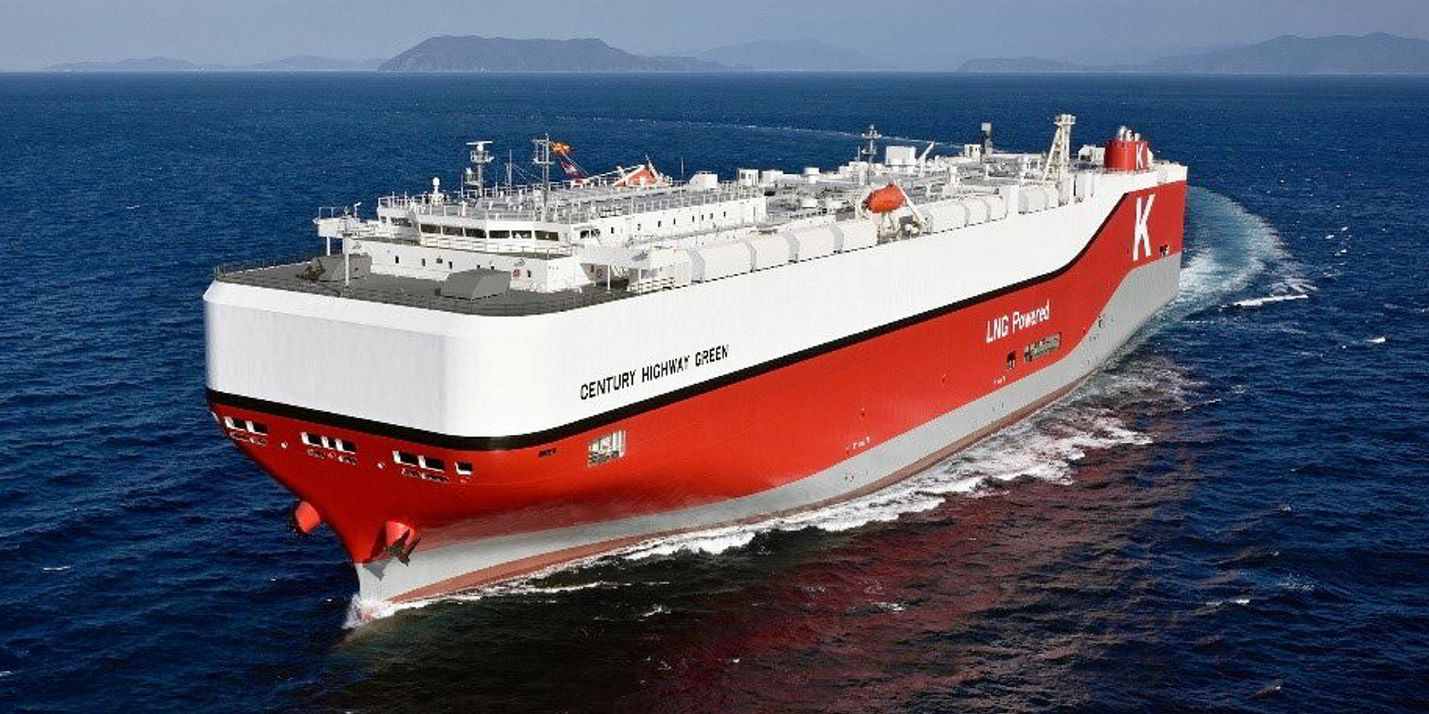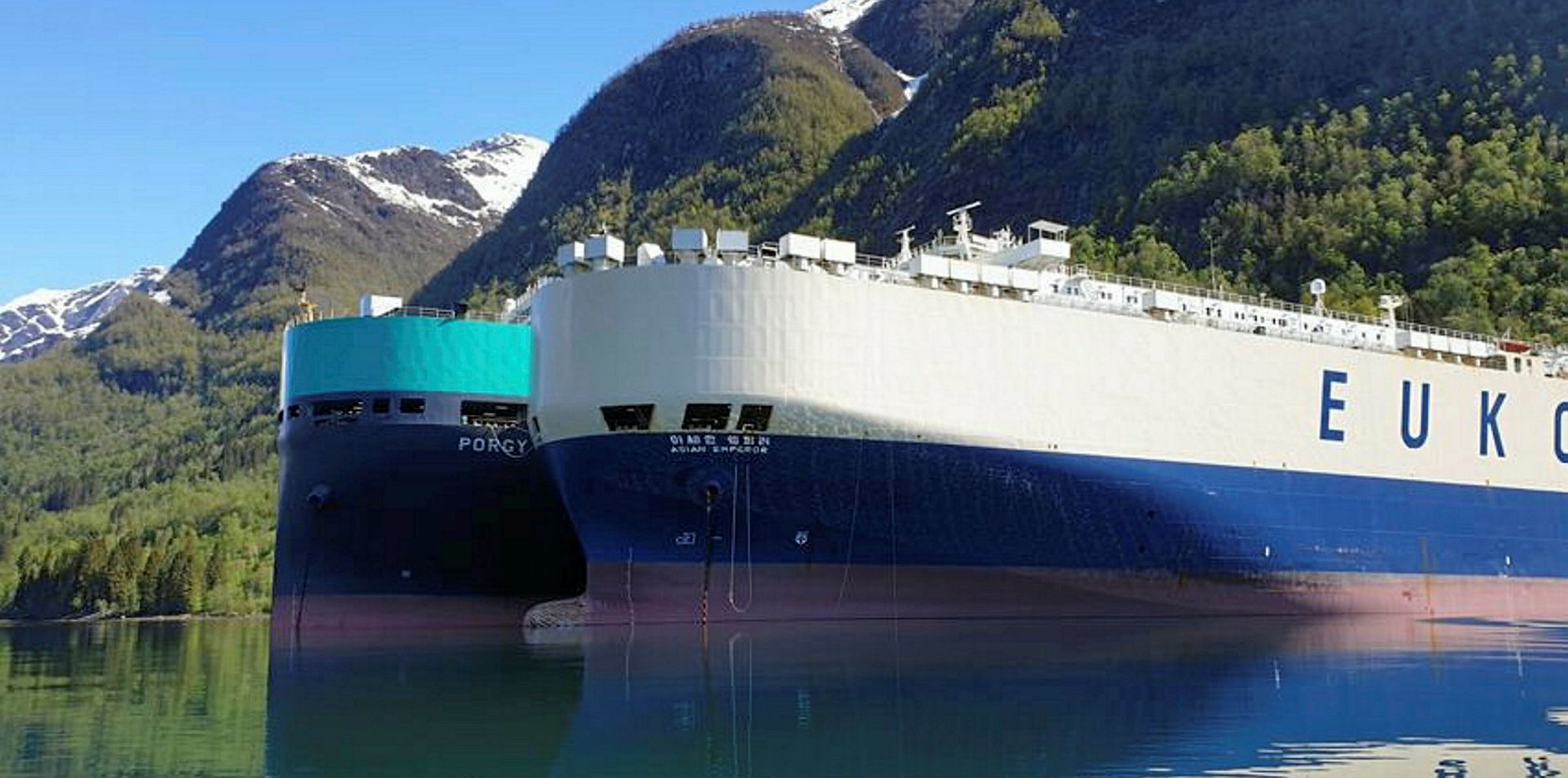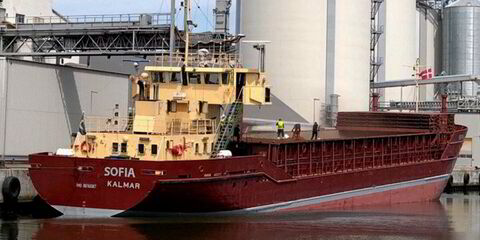The car carrier market, one of the shipping sectors hardest hit by Covid-19 pandemic, has rebounded strongly with some charter rates recently reaching five-year highs.
In April and May of 2020, car trade volumes had fallen by 60% compared to the same two months of the prior year, with 4.5m ceu of trade ‘lost’ across last year, Clarksons Research reported.
Fast forward 12 months and volumes are now just 5% below pre-Covid-19 volumes thanks to a combination of pent-up demand, economic stimulus measures and reopening economies.
“Since the ‘peak’ impact though, a swift rebound has been seen; seaborne volumes nearly trebled between May and October,” the research arm of broker Clarksons said.
“While ‘second waves’ of Covid-19 and renewed restrictions did add to a seasonal softening over the winter, disruption on the scale of that seen in the first half of 2020 was largely avoided.”
The shipbroker said electric vehicles continued to help to drive sales growth as the energy transition accelerates, accounting for 22% of seaborne car trade so far this year, up from 9% in 2019.
Clarksons Research said the trade volumes could have been stronger were it not for semiconductor shortages that are on track to cut global car production by 3m units in the first half of 2021.
Rebound in trade
Overall, the rebound in trade is said to have been stronger than many initially foresaw at the height of the Covid-19 crisis last year and, as a result, the pace of the rebalancing in the car carrier market is said to have also surprised on the upside.
“Nearly 18% of fleet capacity in the sector was idle or laid up by the end of May last year, but, despite some difficulties recrewing vessels, this had fallen to 5% by the end of the year, and by the end of [the] first quarter of 2021, had returned to pre-Covid levels,” Clarksons Research said.
Charter rates also rebounded firmly, as utilisation picked up and the market balance has been supported by a fleet that is now around 1.5% smaller than at the pandemic outbreak, while disruption has also helped to soak up capacity.
After fallen to a record low of $10,000 per day in the second quarter of 2020, Clarksons research said the rate for a one term-charter of a 6,500-ceu pure car and truck carrier (PCTC) reached $21,500 per day in May of this year — a five-year high
Meanwhile, the rate for a 5,000-ceu ship had soared to $17,000 per day, which Clarksons Research said was “the highest level seen since before the financial crisis”.
As the market balance has improved, some interest in fleet renewal has re-emerged, with six ships of a combined 42,000 ceu were contracted in January to May. That was the highest total since 2015, albeit still well short of 2000 to 2015 average levels, according to Clarksons. The newbuildings were all dual-fuel vessels capable of running on LNG.
In addition, NYK Line recently said it was gearing up to place orders for 12 LNG-fuelled PCTCs in a deal thought to be Japan’s largest car-carrier order.





